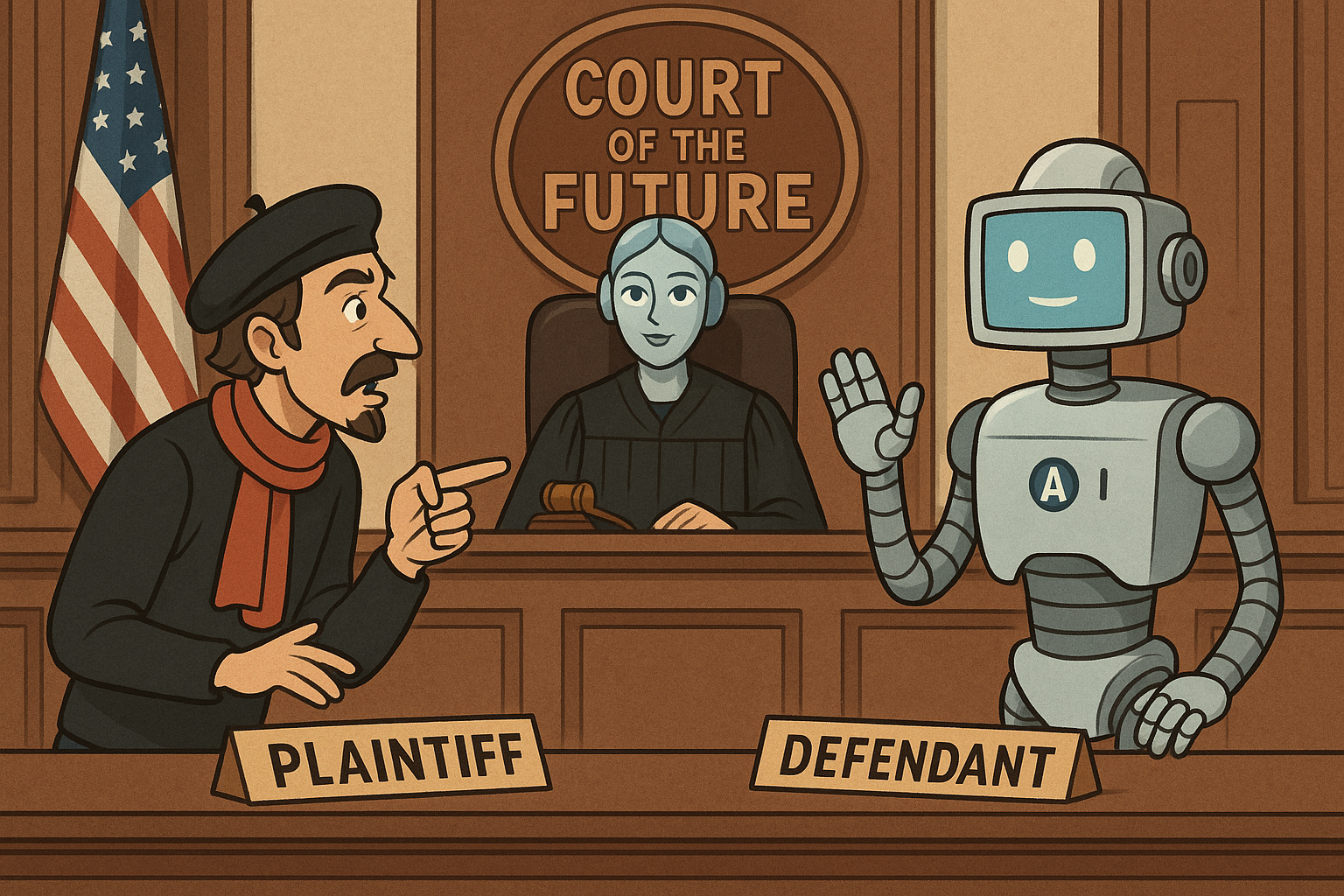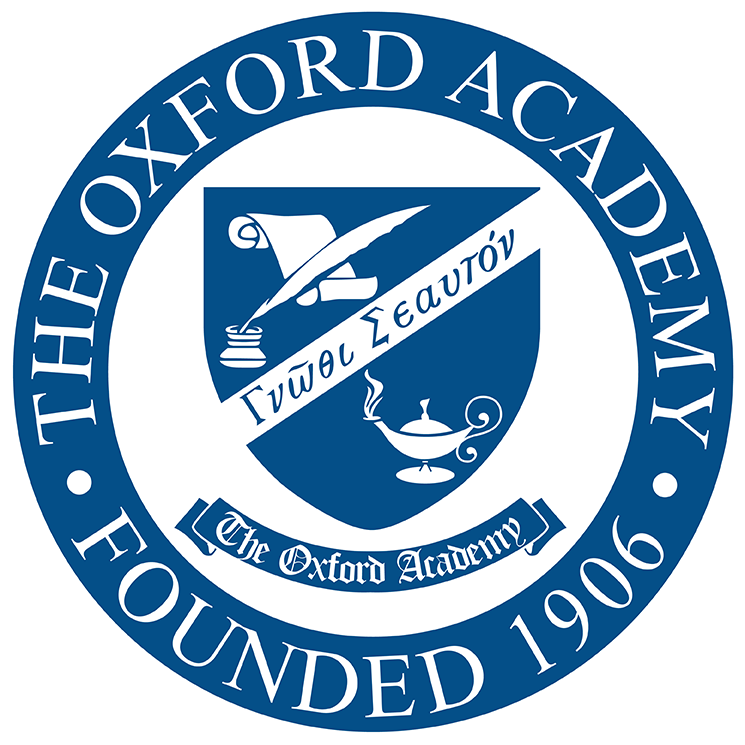We’re living in a time where the digital world feels like it’s been set to fast-forward. At the heart of this rapid acceleration? Generative AI—tools that can write poetry, design logos, compose music, and even mimic the voice or style of human artists with uncanny accuracy. The power and potential are undeniable. But for many artists, this isn’t innovation—it’s invasion.
So, where do we draw the line between inspiration and appropriation? And more importantly, how do we make sure we’re not sacrificing the soul of the artist in our pursuit of infinite, algorithmically generated creativity?
The Upside of AI for Creatives
Let’s start with the good news.
-
Incredible Efficiency & Scale
Artists can now generate multiple variations of an idea in minutes. AI-powered tools help with brainstorming, composition, and editing, letting creators spend more time refining their work and less time on repetitive tasks. -
Access to New Mediums
A traditional painter can now dip their brush into animation. A poet can create interactive spoken-word experiences with voice generation. Generative AI breaks down the walls between mediums and makes creativity more accessible across disciplines. -
Collaboration Across the Globe
AI acts as a bridge—allowing artists to work across languages, time zones, and skill sets. You don’t need to know how to code or compose to bring a concept to life anymore. The barrier to entry has never been lower.
The Darker Side of the Algorithm
But with great power comes… yeah, you guessed it.
-
Style Mimicry Without Credit
AI models trained on the internet’s collective output have absorbed the styles of thousands of working artists—often without permission or attribution. Suddenly, anyone can replicate an artist’s style without ever hiring or crediting the original creator. -
Income and Career Displacement
When clients can generate “art” with a prompt instead of hiring an illustrator, designers and creatives lose not just work, but livelihoods. AI doesn’t demand a paycheck, health benefits, or royalties. -
Legal Limbo
The laws around intellectual property and AI-generated content are still evolving. Right now, it’s unclear how (or even if) artists can protect their work when it’s used to train AI or inform its outputs.
A Future Where We Co-Create
This isn’t the first time art and technology have clashed—and it won’t be the last. But history suggests that co-existence, not extinction, is the likely outcome. Here’s how we might get there:
-
Transparent Training Models
Artists should have the right to opt in or opt out of AI training datasets. Period. We need systems where creatives can control how their work is used, and get compensated if it’s part of commercial AI products. -
Digital Watermarks and Attribution Layers
Just as we credit photographers or authors, AI-generated work should include metadata that tracks which artists, styles, or datasets were influential. Recognition must go hand-in-hand with innovation. -
AI as a Tool, Not a Replacement
The most impactful creations will come from collaboration, not imitation. Artists who learn to direct and integrate AI will be the new creative directors of the digital age—blending human insight with machine power to push boundaries. -
Ethical Marketplaces
Imagine a platform where AI-generated works that borrow from known styles automatically pay royalties to the original artist—or where prompts using an artist’s name are blocked unless licensed. These kinds of ethical ecosystems could keep the playing field fair.
Final Thoughts: Let’s Not Lose the Plot
Art has always been about more than output. It’s about perspective, pain, joy, humor, culture, context, and soul. AI can remix what we’ve seen, but it can’t feel what we feel. That distinction matters.
The future doesn’t have to be “artists vs. AI.” It can be artists with AI. But only if we build systems that respect the value of human creativity, protect credit and compensation, and allow innovation without exploitation.
After all, AI might be able to draw in our style—but it can’t dream in our voice.






